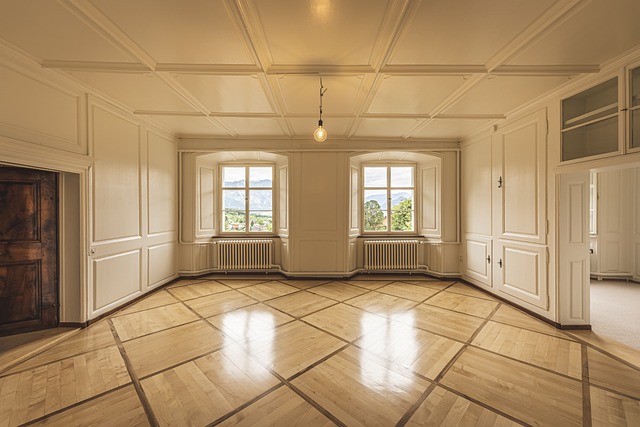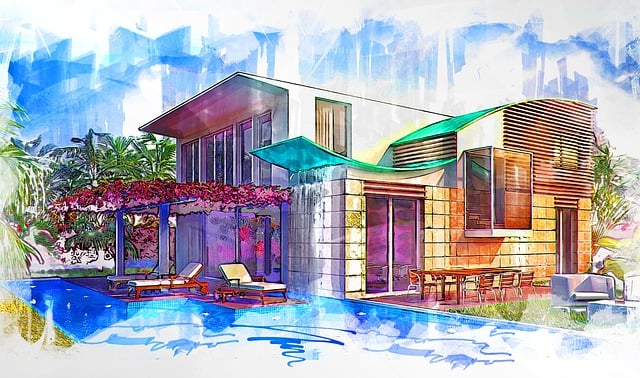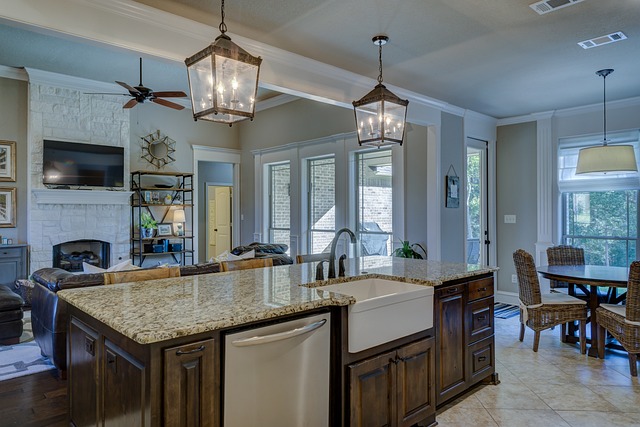The real estate industry is undergoing a significant transformation with the advent of virtual tours, which enable remote access to properties worldwide. This technology allows buyers, renters, and investors to view homes, apartments, or commercial spaces conveniently from their own locations, without physical visits. Virtual tours provide an immersive experience, facilitating navigation and appreciation of property features akin to in-person inspection. This accessibility benefits geographically distant audiences and those with time constraints, expanding market inclusivity. Real estate professionals can leverage virtual tours to tap into broader customer bases, streamline transactions, and enhance overall property viewing experiences. By implementing best practices utilizing high-quality visuals, intuitive navigation, interactive elements, and regular content updates, real estate agents can revolutionize property presentations and foster stronger connections with potential clients.
In today’s digital era, the real estate landscape is evolving rapidly. Virtual tours are emerging as a powerful tool to boost remote engagement, allowing potential buyers and renters to explore properties from anywhere in the world. This article delves into the benefits and strategies of implementing virtual tours, exploring how they’re transforming the way we experience real estate. From enhancing accessibility to providing immersive experiences, virtual tours are revolutionizing the industry.
The Changing Landscape of Real Estate: Embracing Virtual Tours

The real estate industry is undergoing a significant transformation with the advent of virtual tours, revolutionizing how properties are experienced and engaged with, especially in the current digital era. Traditional methods of viewing properties have been supplemented, if not replaced, by immersive online experiences, offering buyers, renters, and investors a new level of accessibility and convenience. This shift is particularly notable among remote audiences who can now explore homes, apartments, or commercial spaces from the comfort of their own locations without physically present.
Virtual tours provide a detailed and comprehensive view of properties, allowing potential clients to navigate through rooms, observe layouts, and appreciate features as if they were there in person. This technology has become especially valuable for those unable to visit properties due to geographical constraints or time limitations, fostering a more inclusive and accessible real estate market. By embracing virtual tours, agents and developers can engage a broader audience, facilitating smoother transactions and enhancing the overall customer experience in the dynamic landscape of real estate.
Benefits of Virtual Tours for Remote Engagement

Virtual tours have emerged as a powerful tool in the real estate industry, revolutionizing how potential buyers engage with properties remotely. Unlike traditional 2D images or floor plans, virtual tours offer an immersive experience, allowing viewers to virtually walk through a property from the comfort of their homes. This technology provides several advantages for remote engagement; it offers flexibility, accessibility, and a more personalized viewing experience.
With virtual tours, real estate agents can showcase properties globally, attracting a broader audience. Remote buyers can explore each room, observe layouts, and even notice subtle design elements that might be missed in static representations. Moreover, these tours facilitate interactive communication between agents and clients, fostering stronger connections despite physical distances.
Implementing Virtual Tours: Strategies and Best Practices

Implementing virtual tours in the real estate sector is a game-changer for engaging remote audiences. This technology allows potential buyers to explore properties from the comfort of their homes, revolutionizing the way properties are presented and accessed. To maximize the impact, real estate professionals should adopt strategic best practices when integrating virtual tours.
Firstly, ensure high-quality visuals and seamless navigation. Using professional photography equipment and 360-degree cameras captures detailed, immersive images. Optimize the virtual experience by implementing intuitive controls for visitors to easily move through spaces. Additionally, provide interactive features like zoom capabilities and hot spots to highlight key features within each room. Regularly update tour content with new listings to keep audiences engaged and encourage repeat visits.






